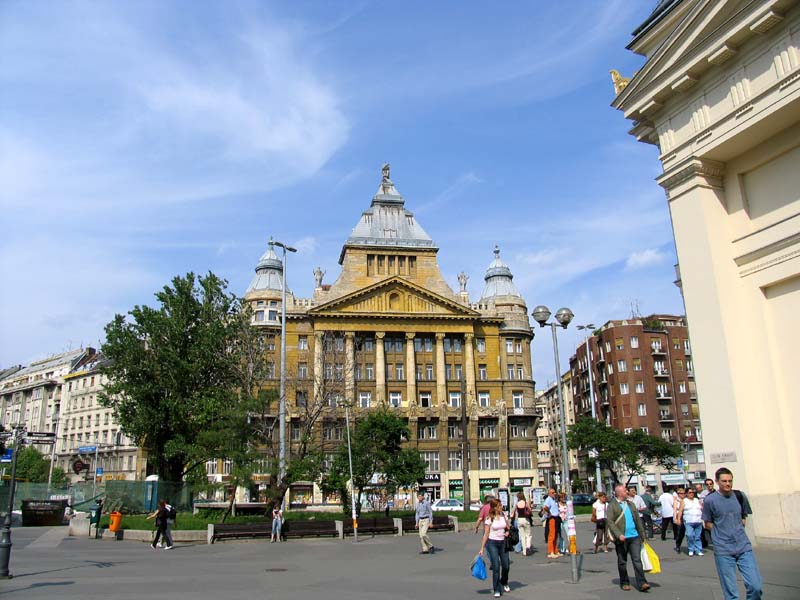Just as many still arrange to meet under the clock at ‘Moszkva tér’ – renamed Széll Kálmán tér almost a decade ago – so the name most associated with Deák tér is Porsche, as the luxury car company had its showroom there.
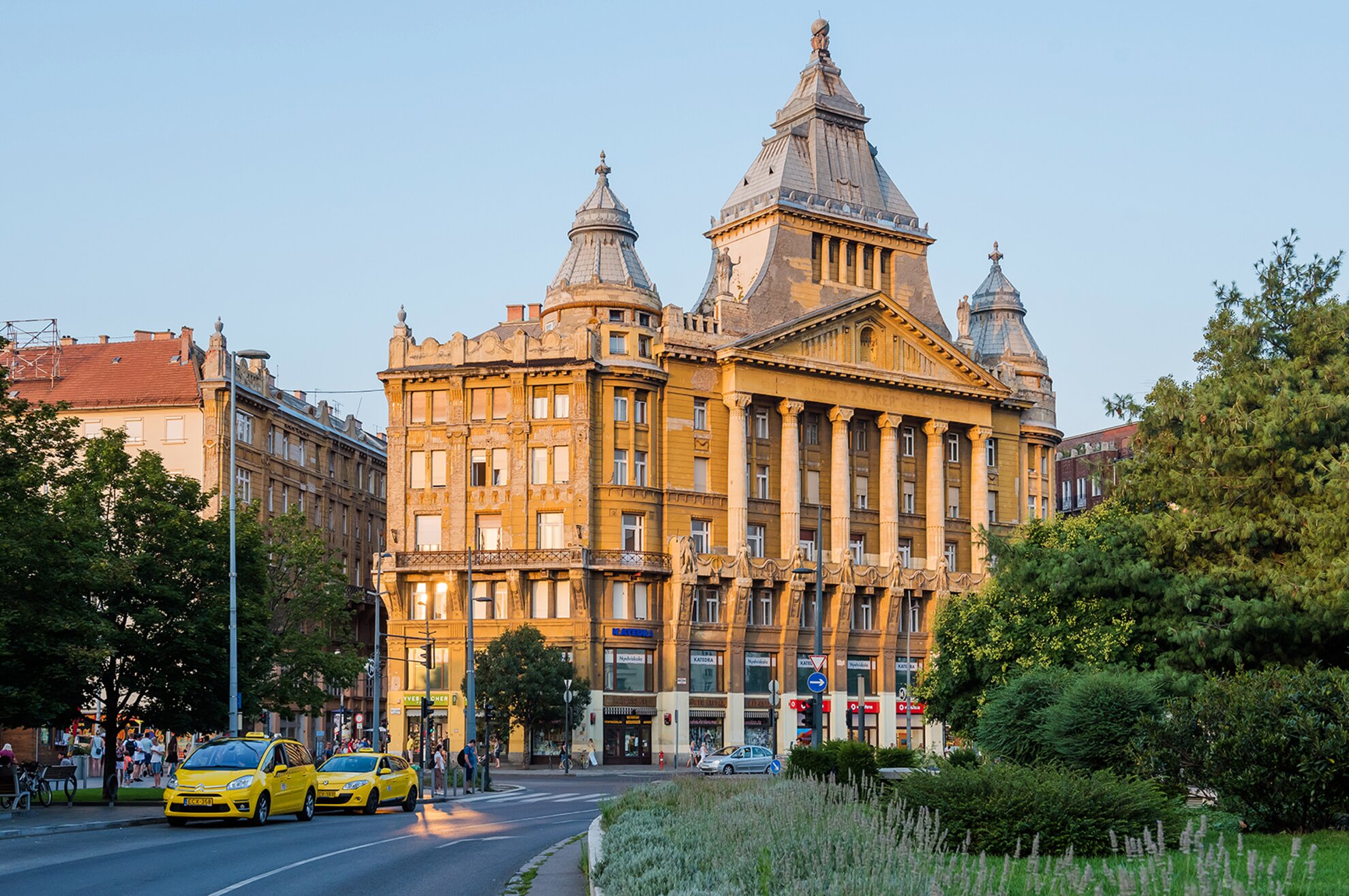
The square has always been an important meeting point. From here, you’re within reach of almost everywhere, as three of Budapest’s four metro lines converge here, two important tram lines and, as of relatively recently, the airport bus. Hotels, shops and restaurants surround it, mostly high-end or fashionable.
Due to its downtown location, Deák tér is rarely empty. Few think of it fondly, however. A few steps away, stately Vörösmarty tér, bar-lined Madách tér and relandscaped Erzsébet tér, with the Big Wheel, a sports court, skateboard ramps and a small urban park, usually elicit a more positive response. Deák is where you meet, not where you spend time.
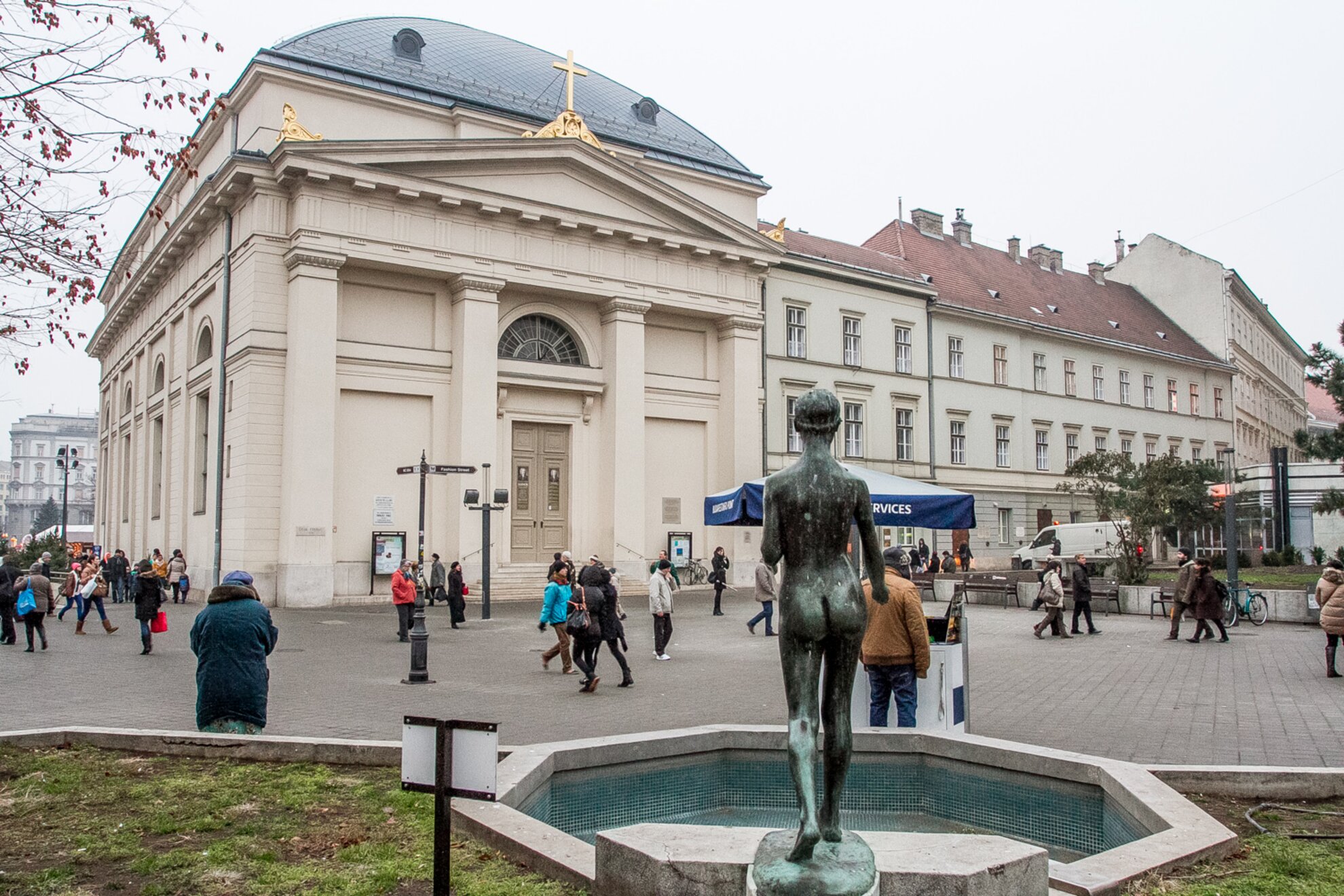
In any case, it covers a small area, with no real centre to it, benches, rubbish bins, random sculptures and buildings seemingly added on an ad hoc basis. Something new is always being placed there, wherever there may be room. Thankfully, there’s still an empty space in front of the Lutheran Church, where various flashmobs used to stage spontaneous actions.
Focus first fell on this location towards the end of the Turkish occupation, and this process only intensified after the recapture of Buda. By the beginning of the 1800s, Deák had become quite spacious, underlined by the fact that regular markets operated here, and even carriage and cab stations were set up, ushering in a later era when this would be a transport hub.

Almost certainly because of these different roles, Deák tér was given different names before it received an official one. With all the market traders setting up in here, the square was referred to as Kohlplatz, Kohlmarkt or Káposztás piac, 'Cabbage Market'. Some called it Török tér, 'Turkish Square' after two exotic statues adorning a façade here.
When the Lutheran Church was rebuilt in the early 1800s, it gave rise to another name: (Vordere) Evangelische Kirche Platz, ie the square in front of the Lutheran Church. Deák was also called the Zsidó tér or Zsidó piac, mainly due to the Jewish merchants moving to the area from Óbuda. Then along came Ferenc Deák, a chief architect of the agreement with Vienna that gave Hungary semi-autonomy, and the name game stopped.

While Deák tér, as mentioned, currently has no centre, this wasn’t always the case. After market halls were built around town, the stalls here stopped operating around the turn of the century, but a kiosk was set up right in the middle, where first you could buy fresh flowers, then later, fish. The stand was destroyed during World War I and a new one wasn’t built to replace it.
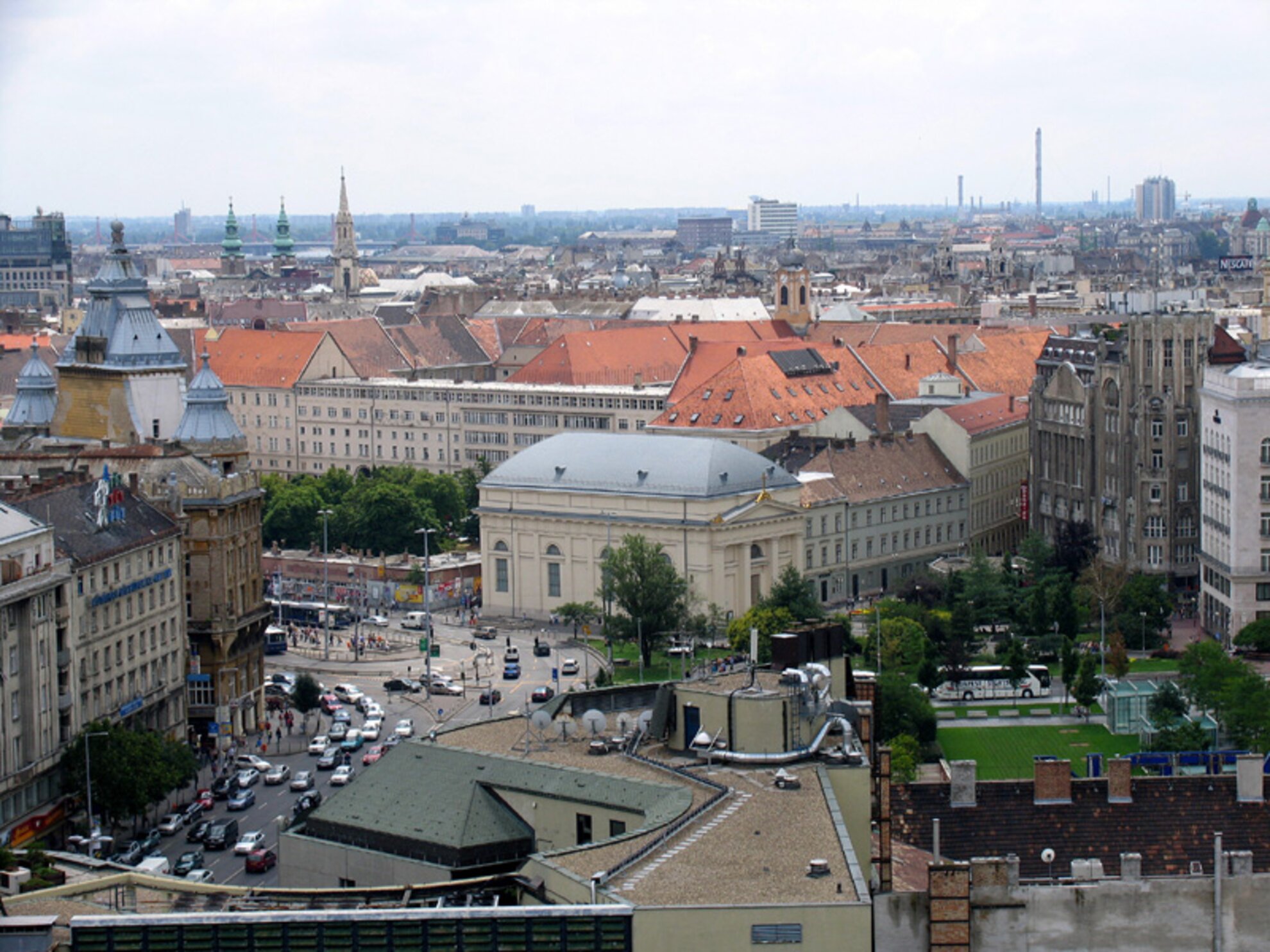
The square actually survived World War II and the Siege of Budapest relatively intact – but not Communism. Immediately after coming to power, they decided to merge Deák and Erzsébet tér, and to name the resulting monolithic area Sztálin tér after the Soviet leader.
This, of course, required the demolition of seven buildings in total around the two squares. The Party bigwigs were not interested in the unparalleled architectural value of one house or the other, nor their famous architect, nor the fact that all had been inhabited by a whole series of famous personalities and historical figures.
Although houses were knocked down, the fusion of the two squares eventually came to nothing. A car park was set up in the windy gap where the buildings once were, which pretty slowly became part of the adjacent bus station.
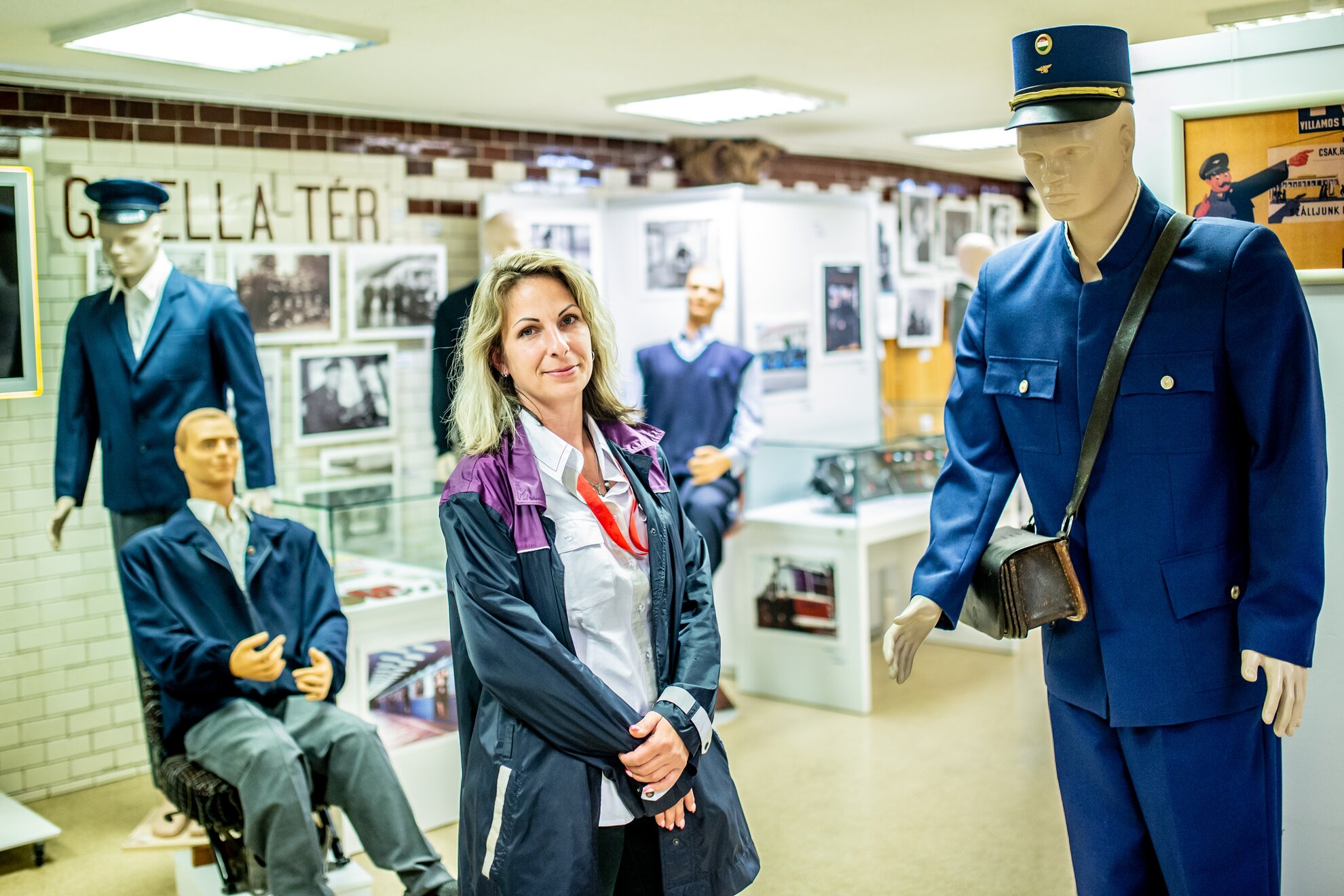
It was also the decision of the old régime – the wind had been blowing in this direction anyway – to develop Deák tér into a transport hub. There has been a stop for the underground here since 1896, but in 1955 it was moved 40 metres away then, in 1970, metro line 2 arrived. Six years later, metro line 3. Until two new sections were built further along each line, Deák was a terminus for both. This is even where you find the Underground Railway Museum, in the metro station itself.
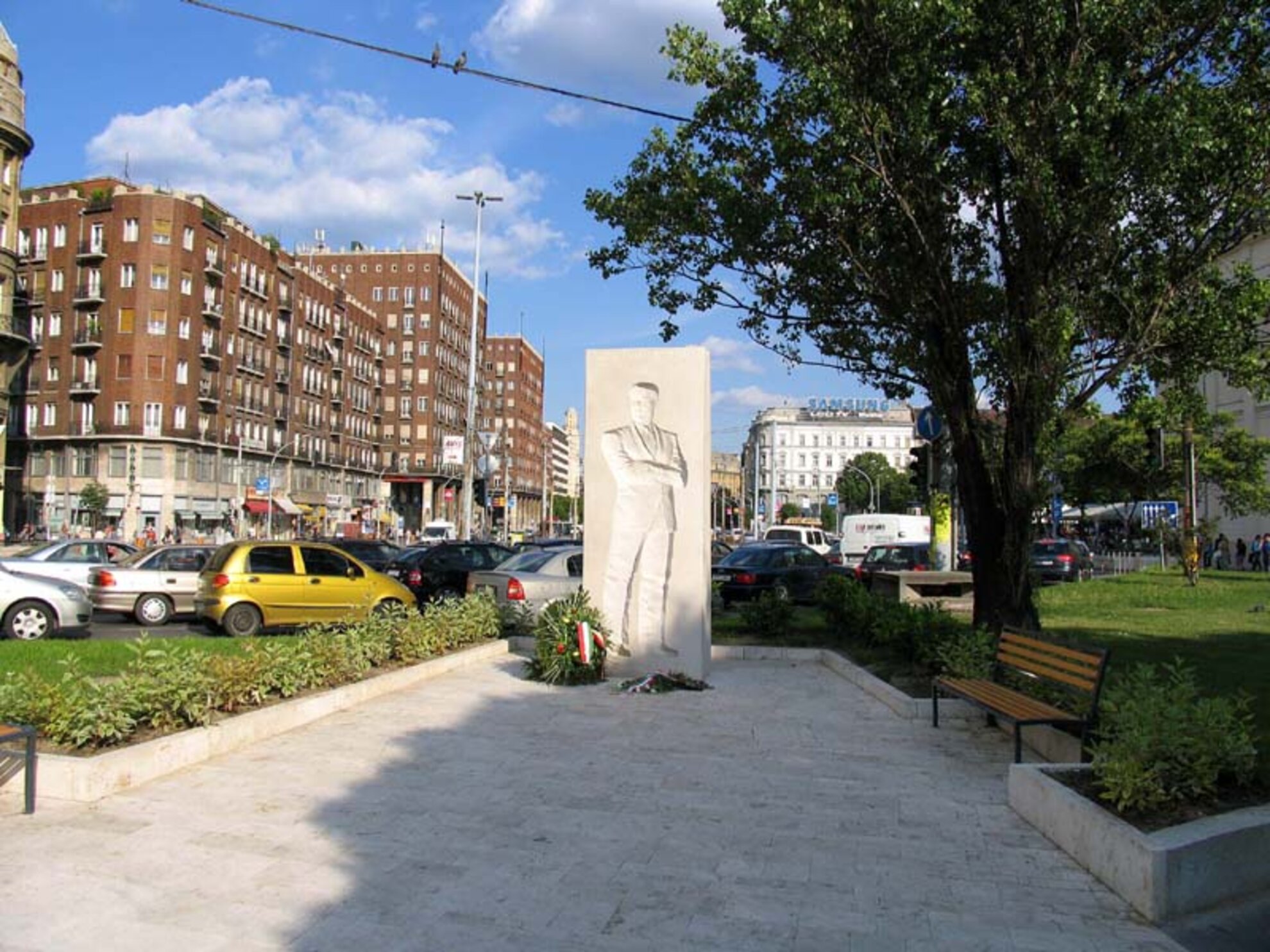
By the 1980s, Deák had become the busiest point in the city, and more and more places opened up here. That was when the space became a meeting point – though the date when the Porsche showroom opened isn’t clear.
A little landscaping and a few new hotels marked the early years after the change of regime. In 2009, a memorial statue of Gábor Sztehlo, the Lutheran pastor who saved orphans during the war, including many Jewish children, was unveiled on Deák. Since then, its layout has remained unchanged.
